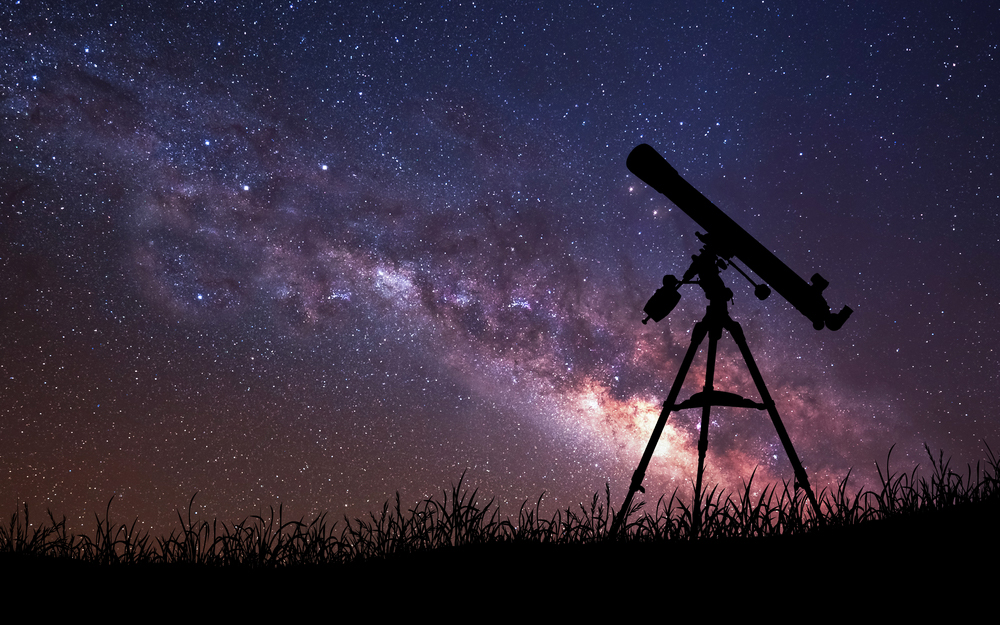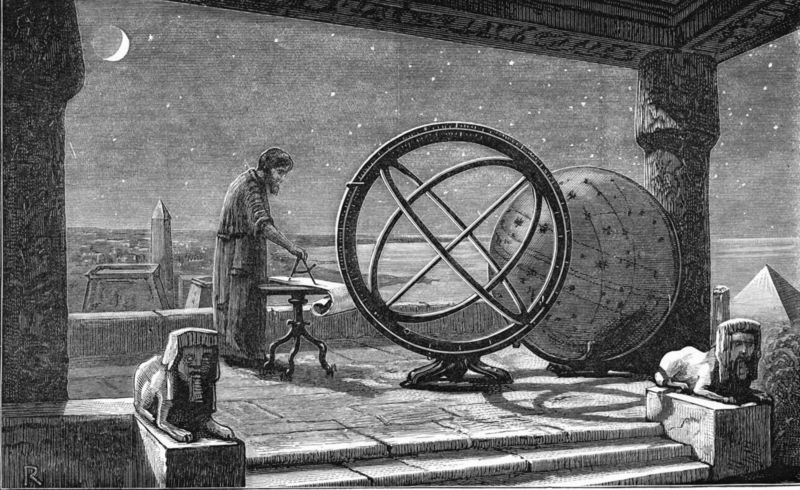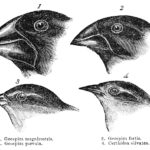| Humans have been studying the night sky since the beginning of time. Different civilizations had their own beliefs and their own way of mapping the stars in the sky. They would build large structures and monuments that would line up with the stars at certain times of the year. These were their calendars. They followed the stars and the moon like clockwork. |
|
As time went on, one theory about the night sky became widely accepted. The thought was that the Earth lay inside a glass sphere or ball, and that the stars were simply holes in that ball through which light from the heavens could pass.
It wasn’t until the invention of the telescope near the beginning of the 17th century (1600s) that this belief came tumbling down when, in 1609, a scientist by the name of Galileo Galilei first peered through his small homemade telescope at the stars. Since the invention of this amazing instrument, our knowledge of the heavens has grown by leaps and bounds. |
|
The first telescopes used to peer into space were refracting telescopes. This means that you would look straight through the telescope from one lens to the other through to the image you were looking at. During the first few decades after refracting telescopes were invented, the race was on for the best telescopes. However, the lenses used in these telescopes were not the best. The art of grinding and polishing glass lenses was slow going in the beginning. The images seen through refracting telescopes were not perfect. Because of the way the lenses bent the light, the images were always a little blurry. This blurriness is called chromatic aberration.
In the 1680s, Isaac Newton invented the reflecting telescope. This type of telescope had a mirror inside that would reflect the image to a focus point. Newton found that this made the images of space much clearer to the viewer.
Since that time, humans have raced to build bigger and better telescopes. The bigger a telescope is, the more detail it reveals in distant objects, and thus the more we can learn about them. Eventually humans were able to launch telescopes into space that allowed even more detailed looks at objects in space, like the Hubble Space Telescope.
|
 Galileo Galilei |

Johannes Hevelius’ 158 foot long telescope.

Isaac Newton’s telescope.

Large modern telescope.








